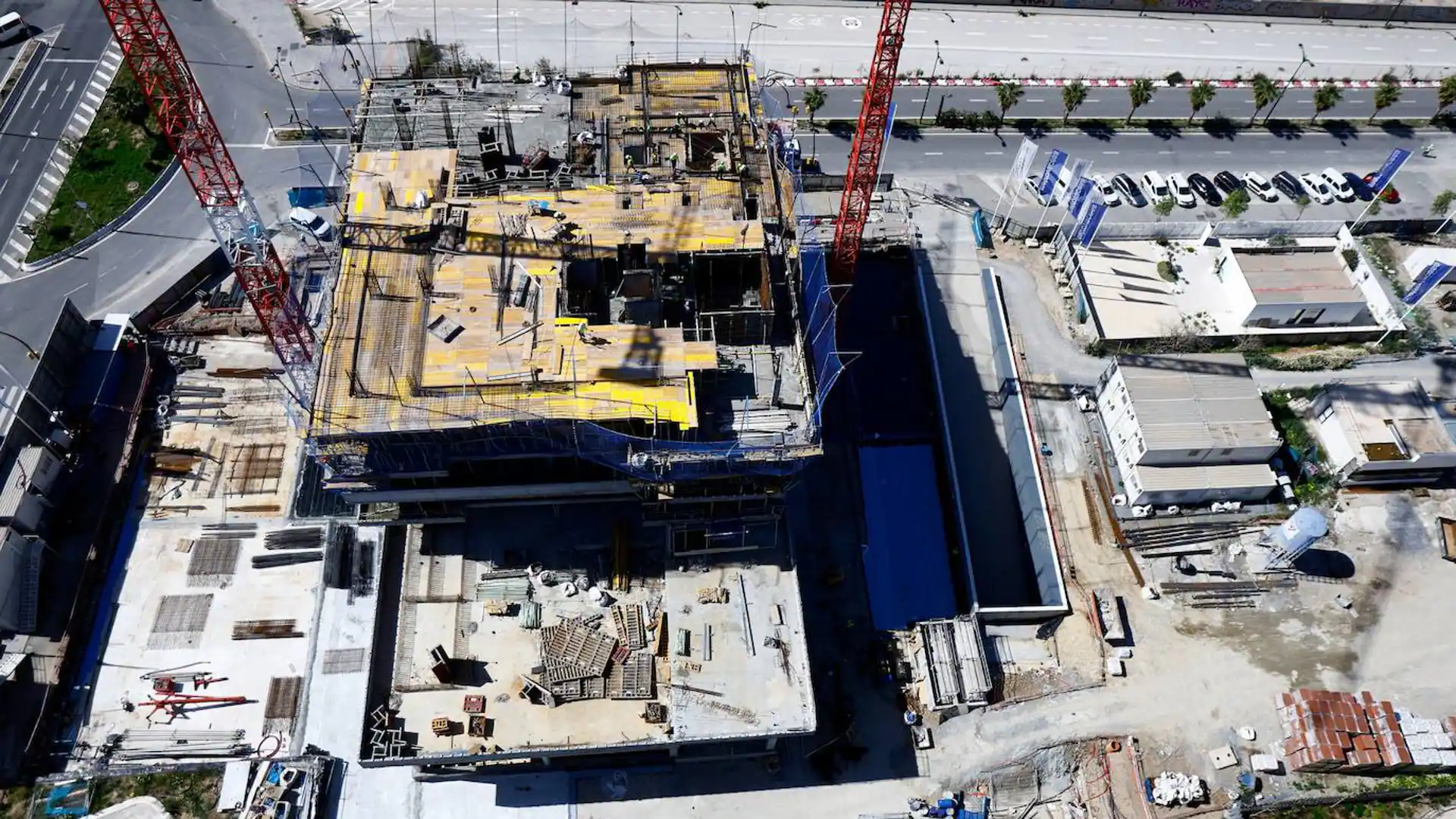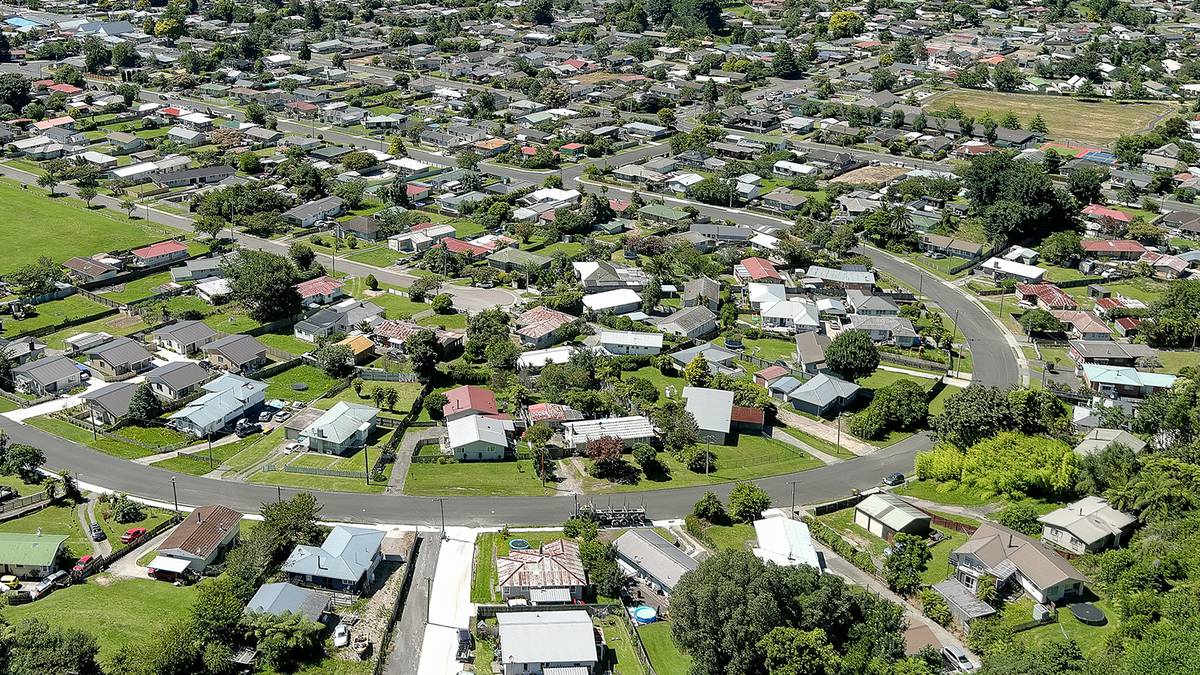After a slight drop in the third quarter of last year, the price of housing has risen once again in Malaga province, according to the latest data.
In the first three months of this year, the average price per square metre of a property for sale in the province has climbed to 2,412 euros, according to estate appraisal firm Gesvalt. It is 1.2% more than the figure recorded at the end of 2023 and about the same figure as a year ago, when the valuer’s studies showed an average price of 2,419 euros per square metre. The data shows the 4% drop in the prices of property for sale in Malaga in the third quarter of last year was a one-off event.
Additionally, rental prices continue to soar in both Malaga city and throughout the province. According to Gesvalt data, the average rental price at provincial level is 14.32 euros per square metre, which is 13.5% more than a year ago and 3.2% more than three months ago.
However, the increase in rent is most noticeable in Malaga city, where the average cost has risen to 14.41 euros per square metre, 16% more than a year ago, according to the data.
In Malaga city, the average price of housing for sale stands at 2,374 euros per square metre, which is 8% more than in the first quarter of 2023 and 2.5% more than in last year’s year-end report.
According to Gregorio Abril, Gesvalt’s regional director for Andalucía and Extremadura, house prices in Malaga are set to continue “the upward trend of recent months, but at a more moderate pace than in recent years, tending towards stabilisation, after the slight slowdown in demand caused by successive interest rate increases and a general economic slowdown”. “Once this phase has been overcome, and with the prospect of the next interest rate cuts, demand has once again been reactivated in a market that remains under pressure, pushing prices up again,” Abril said.
One of most active real estate markets in Spain
Malaga is one of the most active real estate markets in Spain, “with demand, both national and international, very active, compared to a supply that, despite the efforts of the city council and the great developer activity, is still insufficient to satisfy it”, the real estate expert added. “All these factors lead us to believe that there will not be a change in trend in the coming months and it is not possible to foresee when price rises will be limited.”
As for the unstoppable rise in rent, Abril pointed out that this is a “more paradigmatic issue than that of buying and selling”. “While supply is more limited than for sales, there is a transfer of demand from the buying and selling to the rental market, due to the number of buyers who are unable to afford the purchase of a home at current prices and decide to opt for renting as a way of life. Our forecast is that the current trend will continue over the next few years,” he added.
Throughout the province, Marbella continues to lead in rental prices with an average of 18.8 euros per square metre, 12% more than a year ago. Also noteworthy is the rise in rent in towns such as Torremolinos and Benalmádena, possibly due to the increase of prices in Malaga city leading to an increase in demand for rentals in these municipalities. In the case of Torremolinos, rent has risen to 14.6 euros per square metre and is now at the same level as Estepona, with a year-on-year increase of 12%, the data shows. At the other extreme, Velez-Malaga offers rents at half of those registered on the Costa del Sol, with prices around 7.5 euros per square metre.
In terms of homes for sale in Malaga municipalities with more than 50,000 inhabitants, Marbella continues to lead the way with an average cost of 3,202 euros per square metre, followed by Benalmádena, with 2,423 euros per square metre. In contrast, in the eastern part of Malaga province, the price drops to 1,391 euros, according to the data.
The average price of a house in Rotorua has risen to $746,000 after the city’s average residential property values increased by 0.4 per cent in three months.
According to the latest data from the OneRoof Valocity House Value Index, taken at the end of January, property values across the country are up by 0.9 per cent compared to three months ago.
OneRoof’s latest House Price Report showed property values were up quarter-on-quarter in 90 per cent of suburbs nationwide, with the biggest quarterly lifts in Arrowtown, Mataura and Whitford.
Of the 793 suburbs with 20-plus settled sales in the last 12 months, more than 40 per cent saw year-on-year value lifts, reflecting the turnaround in the market.
Rotorua suburbs with more than 20 settled sales in the year ending January 31 included Hamurana, where property values increased by 2.1 per cent in the last three months to $1.23 million.
Western Heights saw the second-highest three-month increase in suburb property value, a difference of 2 per cent.
Rotorua Professionals McDowell Real Estate principal and auctioneer Steve Lovegrove said the post-summer, early autumn season was normally a busy one for real estate.
“The good news for everybody is that prices seem to be mostly stable, certainly not going backwards and probably increasing,” Lovegrove told the Rotorua Daily Post.
“We are starting to see the green shoots of property price increases.”
Lovegrove said there was also a lift in the stock available.
“So buyers do have a little more choice and less need to act urgently. We’re seeing a little bit of lag in decision-making and a significant lift in buyers actively entering the marketplace.”
Lovegrove said there was more competition for properties in the $500,000 to $700,000 value range.
“Anything just below that average price is getting hit quite hard with active buyers, mostly first-home buyers.”
Lovegrove said there was also a trend of people looking to downsize which also saw more buyers looking in the lower price ranges.
“There’s a lot of confidence, a positive vibe and a positive outlook looking forward. We’re not expecting a rapid price increase. We are expecting simply more confidence.”

Tremains central region general manager Stuart Christensen said there was more property coming onto the market.
“More people have decided to make a move. Westpac dropped their interest rates on Friday. All those are encouraging signs,” Christensen said.
“We are seeing an increasing number of people at our open homes. So there’s appetite to come out and a good number of first-home buyers are out there.”
Christensen said first-home buyers did have a window to make their decisions, however, as investors were coming gradually back into the market as well.
“Overall there’s a lot more positivity. It’s a new year. People are out looking for a move whether they are upsizing, downsizing or entering the market for the first time.”

The news comes after New Zealand’s average property value grew just 0.9 per cent in the three months to the end of November to $973,000, as buyers retreated from the market after a busy November and October.
Valocity global chief executive of real estate Helen O’Sullivan said sales volumes in December were lower than had been anticipated, given the lift in October and November, although they were up year-on-year.
Valocity data showed mortgages registered to first-home buyers in the last quarter of the year dipped to 44 per cent from the five-year high of 45 per cent the previous quarter. Mortgages registered to investors increased slightly from 22.4 per cent to 23.6 per cent over the same period.
O’Sullivan said the Reserve Bank’s announcement around debt-to-income ratios was unlikely to have an impact on the current market.
“The proposed settings are not expected to make a significant difference to prices or activity levels in the current high-interest rate environment,” she said.
“When interest rates are lower, [debt-to-income ratios] will limit the level of debt borrowers can assume despite being able to service the debt.”
Maryana Garcia is a regional reporter writing for the Rotorua Daily Post and the Bay of Plenty Times. She covers local issues, health and crime.
By A. James For Daily Mail Australia
23:24 05 Jan 2024, updated 23:28 05 Jan 2024
It was supposed to be one of the hottest property’s on The Block.
But Leah and Ash’s sprawling pad remains unsold after it was passed in during the show’s season finale in November for $2.9million.
Now after dropping the asking price from $3.2million to $3.125million, Realestate.com reports that listings for the lavish pad no longer mention The Block or the couple’s name.
Despite reports of multiple offers for the five-bedroom, four-bathroom Modern Art Deco home ahead of Christmas, the house has remained on the market.
In a strategic shift, Noel Susay, the agent from Buxton Hampton East handling the sale, confirmed to Domain a more ‘traditional campaign’.
This move comes after the post-auction period failed to secure a buyer, leading to a series of open inspections over the past weeks.
The agent also noted the challenges posed by the timing of the sale, with the year-end festive period typically seeing a slowdown in real estate transactions.
However, he remains optimistic about the shift to a traditional private sale campaign, hoping it will attract serious buyers.
Leah and Ash’s House 2 stirred up much excitement among potential bidders ahead of The Block’s auction in November.
The Block buyer’s agents predicted big things for the couple after the luxury home was listed with a price guide of $2.7million – $2.9million.
Designed as an updated version of the classic Art Deco-style, the spectacular dwelling features a spacious open plan, and expansive living areas.
Features also include a dramatic split-level dining/living room, an ultra-modern kitchen and al fresco entertainment area.
It comes after Yahoo Lifestyle reported in December that interest in the lavish retro home has ‘hit an all time low.’
A source told the publication that the longer the house sits on the market, ‘the further away an ending is in sight.’
The insider even speculated that it’s possible that the houses for the upcoming season of The Block will go under the hammer before Leah and Ash can get a buyer.






